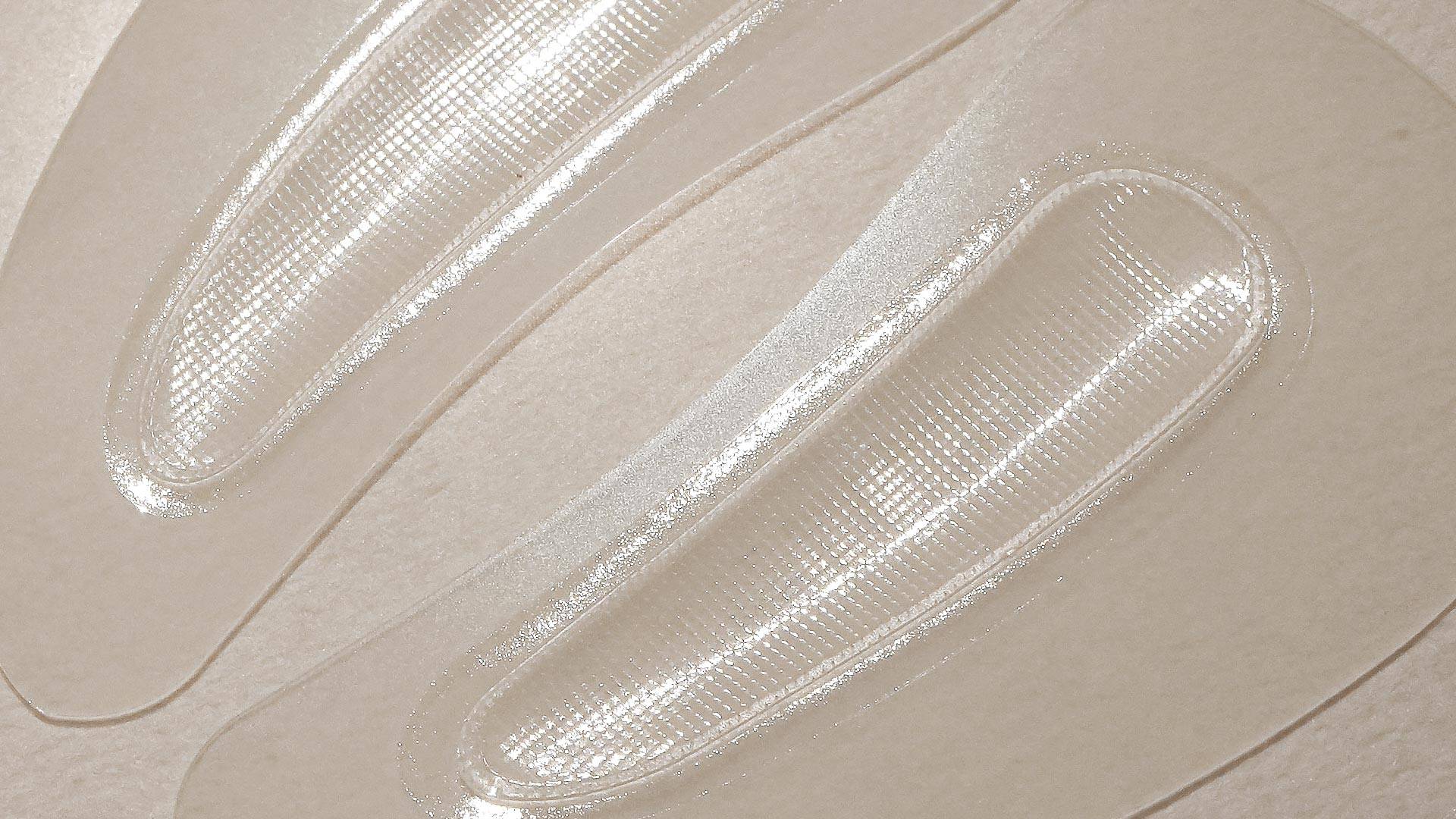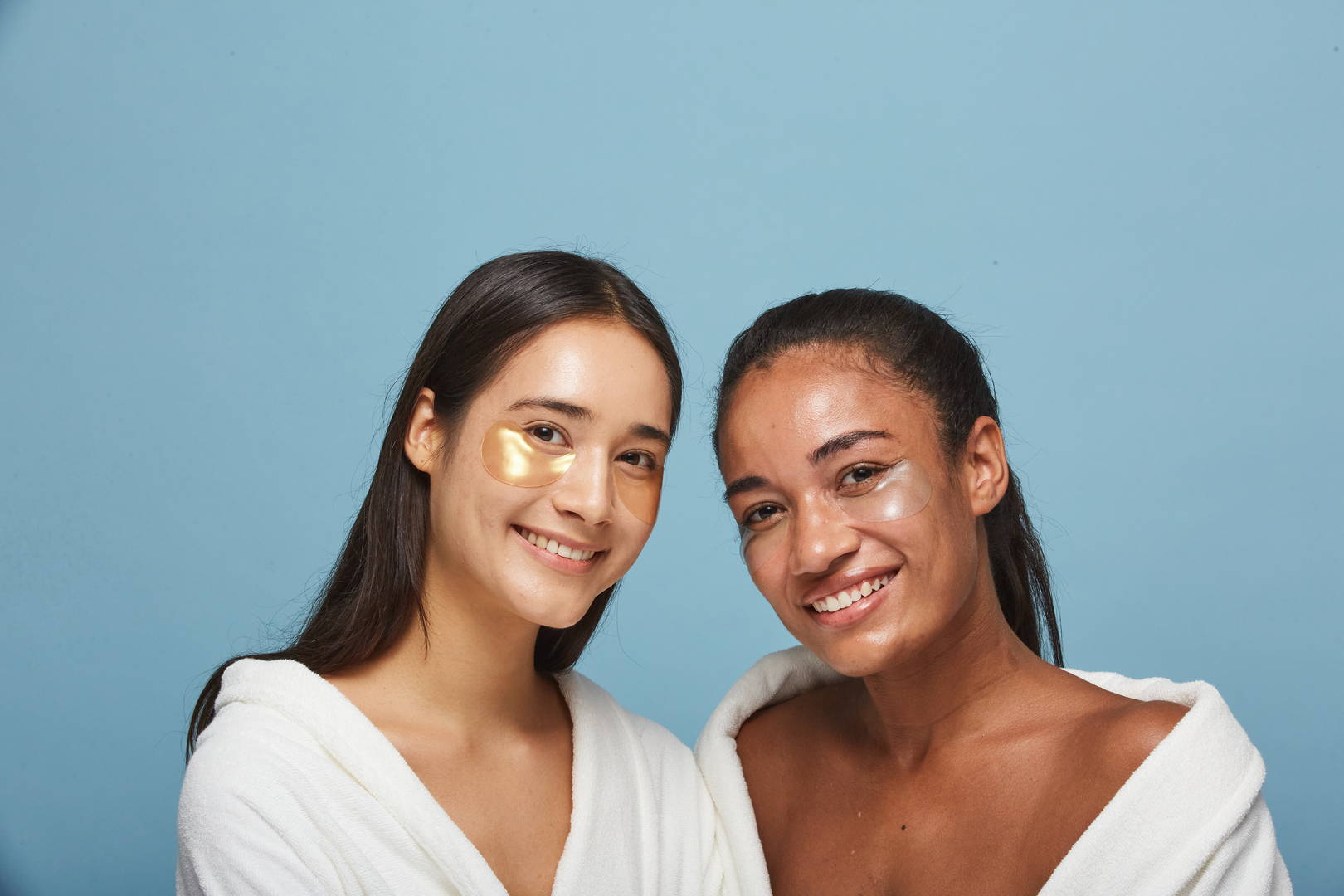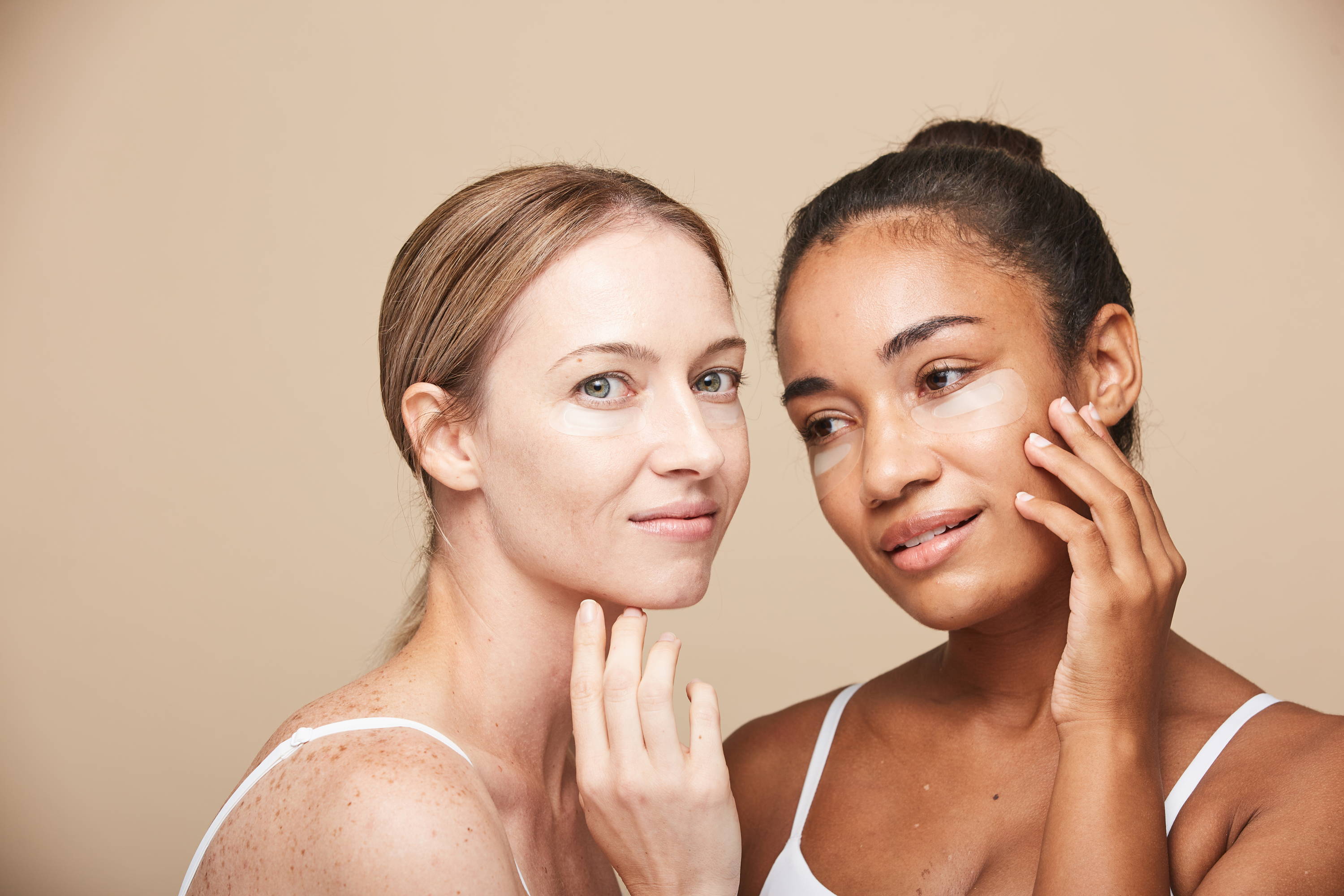
What Are Milia On The Skin And How Do You Treat Them?
If you've ever seen small, white bumps on your skin, you may be dealing with milia. Milia are different than whiteheads and acne. They are very common, typically not harmful, and can happen to anyone at any age. But what exactly are they? We'll cover common causes of milia and ways to prevent and treat them.
What Are Milia?
Milia (plural of milium, or cyst) are small, pearly-white bumps on the skin. They are most commonly found on the face but can also appear on the chest, back, or other areas of the body. They're made up of dead skin cells and keratin— a protein that is found in the building blocks of skin. They are usually harmless, but they can sometimes be a sign of an underlying skin condition. They can be unsightly, and some people may want to remove them for cosmetic reasons.
Milia are not acne, nor are they contagious. They are benign (non-cancerous) and typically resolve on their own. However, if you are concerned about the appearance of milia or if they are causing you discomfort, there are treatments available.
What Do Milia Look Like?
Milia are small, white bumps that resemble whiteheads. The two are often confused because they can look similar. However, milia are actually a type of cyst that is filled with keratin. Whiteheads, on the other hand, are sebaceous glands that are blocked by oil and dead skin cells. While whiteheads are "poppable" (though not recommended), milia are not. Milia are usually about 1-2 mm in size, but they can sometimes be larger.
Causes And Types Of Milia
There are two main categories of milia depending on how they are caused: primary and secondary. Primary milia are the most common and occur when dead skin cells get trapped in small pockets on the skin. Secondary milia happen when another condition, such as an injury or inflammation, damages the skin and allows dead skin cells to enter the pockets.
Milia can also be classified by their location on the body. For example, you may have nuclear milia, which are small bumps that form around the eyes, or trichilemmal milia, which are more commonly found on the scalp.
Is Adult Face Milia Common?
Though milia can occur at any age, they are most common in infants. In fact, it is estimated that up to 50% of newborns have milia. Adult face milia are less common, but they can still appear on the skin throughout your life.
How To Treat Milia
Our skin constantly renews itself through cell turnover, so milia often go away on their own after a few weeks or months. However, there are various ways to speed up the process or remove them more quickly.
- Home Remedies: You can try home remedies such as applying a warm compress. We don't recommend picking at milia or attempting to use extraction tools yourself, as this can damage the skin and cause scarring.
- Over-The-Counter Treatments: You can buy over-the-counter treatments such as salicylic acid or retinoids. These are also found in many skincare products.
- Prescription Treatments: If home remedies and over-the-counter treatments don't work, you can ask your doctor about prescription treatments.
- Cryotherapy: This is a process where the milia are frozen with liquid nitrogen.
- Microneedling: Small needles puncture the milia and promote collagen and elastin production to clear up the skin and reduce the appearance of fine lines and wrinkles.
- Laser Therapy: Small lasers can be used to shrink the milia.
- Surgery: If you have large or painful milia, you may need to have surgery to remove them.
Skincare Ingredients To Reduce Milia
There are a few skincare ingredients that can help to reduce milia. These include:
- Salicylic Acid: This ingredient can help to break down the dead skin cells that are trapped in the milia.
- Retinoids: These ingredients can help to speed up the turnover of skin cells, which can help to heal and prevent the formation of milia.
- Glycolic Acid: This ingredient exfoliates the skin, which helps to prevent the formation of milia caused by trapped dead skin cells.
- Vitamin C: This vitamin can help to brighten the skin and improve collagen production, which can help to reduce milia.
- Niacinamide: This ingredient can help to reduce inflammation and improve the barrier function of the skin, which can help to reduce milia.
How To Prevent Milia From Forming
Although you can't always prevent milia from forming, there are a few things you can do to reduce the chances:
- Exfoliate: This can help to prevent the dead skin cells from becoming trapped in the pores and forming milia.
- Use Sunscreen: This can help to protect the skin from damage, which can help to prevent milia from forming. We recommend wearing at least SPF daily.
- Avoid Picking At Your Skin: Picking at your skin damages it, so avoiding this can help to prevent the formation of milia caused by skin damage.
- Use Gentle Skincare Products: This will help to prevent the skin from becoming irritated, which can lead to the formation of milia.
- See A Dermatologist: If you're concerned about milia on your skin or they won't go away, talk to a dermatologist or esthetician. They can help you determine if the bumps are harmless or a sign of an underlying condition.
The Final Verdict
If you have milia, don't worry— you're not alone. These small, pearly-white bumps are actually quite common, and there are a few things you can do to get rid of them. Try home remedies, over-the-counter treatments, prescription treatments, or surgery. You can also try skincare ingredients. Last but not least, be sure to exfoliate your skin, use sunscreen, and avoid picking at your skin.













